All Science
 Was this flying critter the ptiniest pterosaur of the Late Cretaceous?
Was this flying critter the ptiniest pterosaur of the Late Cretaceous?In Hollywood lore, pterosaurs are humongous, fearsome animals, capable of swooping into theme parks and snatching up human snacks. But a newly discovered real-life pterosaur might not have been so scary.
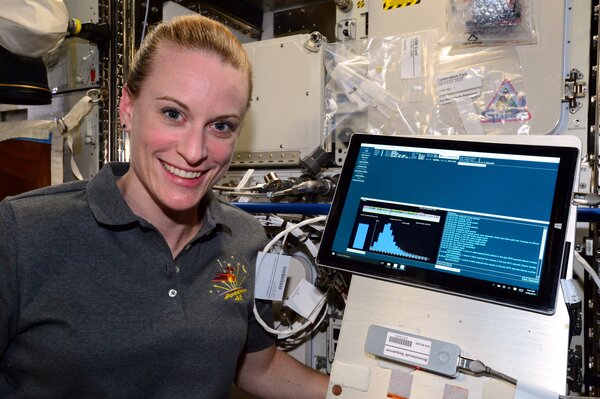 Astronaut becomes first person to sequence DNA in space
Astronaut becomes first person to sequence DNA in spaceA compact DNA sequencer will allow astronauts to identify molds and fungi aboard spacecraft, and could even be used to catalog life forms on other worlds.
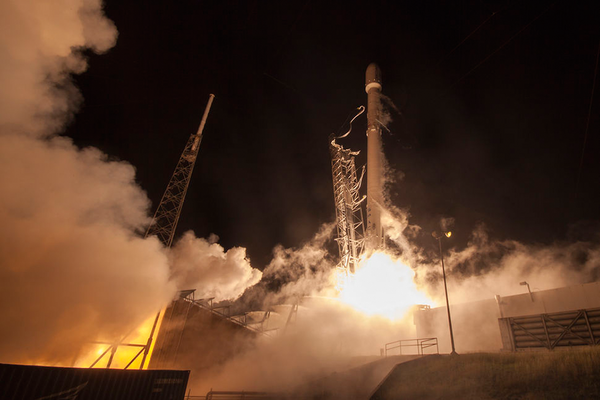 First LookSatellite company will become first to launch used SpaceX rocket
First LookSatellite company will become first to launch used SpaceX rocketSatellite fleet operator SES will become the first to launch on a used SpaceX rocket, an important move toward making space travel more affordable.
 First LookAs fall nears, how will the Cape Cod manatee fare?
First LookAs fall nears, how will the Cape Cod manatee fare?A manatee has been bobbing around the area's beaches for weeks. Experts are concerned for the southern-based animal as cooler temperatures arrive with fall.
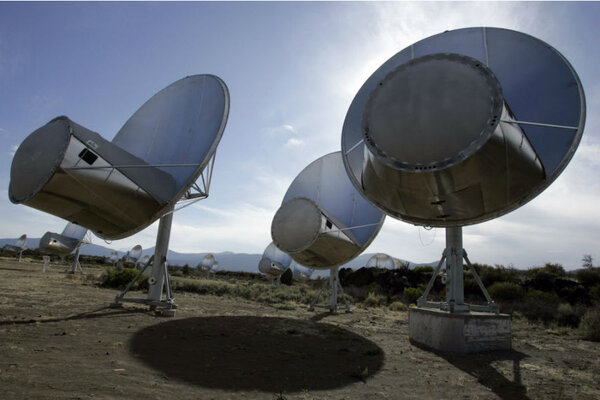 First LookWhat is this mysterious radio signal from space?
First LookWhat is this mysterious radio signal from space?Russian researchers' detection of a signal from the vicinity of the sun-like star HD 164595 has prompted plenty of speculation, although the possibility that it was sent from intelligent life is slim.
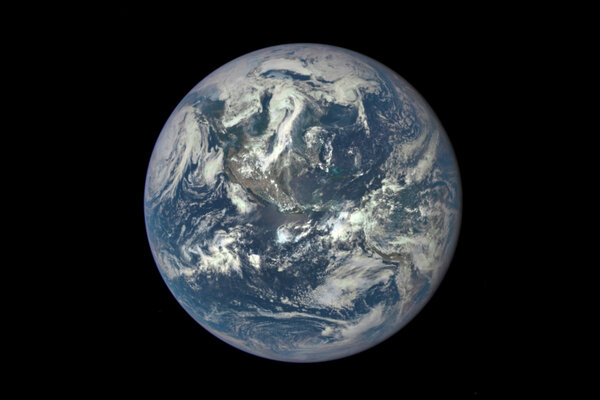 First LookGeologists say that we are now living in the Age of Humans
First LookGeologists say that we are now living in the Age of HumansGeologists recommend that a new geological epoch, characterized by profound human impact, be formally recognized.
 First LookDoes your dog know what you're saying?
First LookDoes your dog know what you're saying?A new study in Hungary shows that dogs grasp both words and intonation when humans speak to them.
 Mars Q&A: Is now the time to explore the Red Planet?
Mars Q&A: Is now the time to explore the Red Planet?Here are answers to some common questions about the state of Mars exploration.
 What would happen if we found life on Proxima b?
What would happen if we found life on Proxima b?Discovering signs of life on a planet other than Earth would have enormous implications not just for science, but also for our philosophical conceptions of humanity's place in the universe.
- NASA's Juno spacecraft completes its first orbital flyby of Jupiter
Juno's first and closest orbital flyby of the gas giant took it within just 2,600 miles of the tops of its clouds.
- SETI detects mysterious signal from vicinity of sunlike star
A radio telescope has picked up a powerful signal from HD 164595, a star system about 94 light-years from our solar system.
 Has the mystery of Lucy's death been solved? Maybe. Maybe not.
Has the mystery of Lucy's death been solved? Maybe. Maybe not.The death of the famous hominin fossil may no longer be a mystery, thanks to new research.
 'Weather bombs' offer insights into Earth's deepest structures
'Weather bombs' offer insights into Earth's deepest structuresSmall, intense storms known as 'weather bombs' can produce strong enough winds to swell ocean waters with enough intensity to reverberate through the sea floor.
 First LookYearlong simulated Mars mission ends: What did we learn?
First LookYearlong simulated Mars mission ends: What did we learn?Six scientists have completed a yearling mission on Hawaii's Mauna Loa volcano, where they lived in a simulated habitat to study the viability of living on Mars.
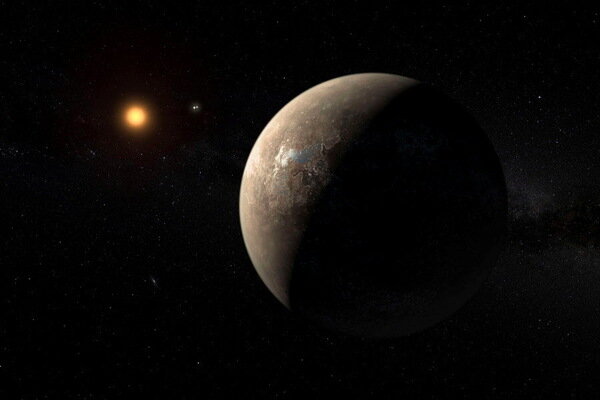 Earth-like schmearthlike: How should we talk about potentially habitable planets?
Earth-like schmearthlike: How should we talk about potentially habitable planets?Are epithets such as 'second Earth' and 'Earth 2.0' misleading to the general public?
- This mysterious galaxy is almost entirely dark matter
First detected in 2015, the galaxy known as Dragonfly 44 seems to be made of 99.99 percent dark matter, an invisible substance known only through its gravitational effects.
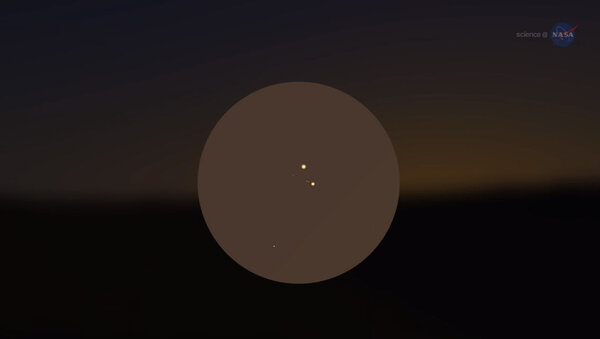 How to catch the rare rendezvous of Venus and Jupiter
How to catch the rare rendezvous of Venus and JupiterVenus and Jupiter will not appear this close together in the sky for another 50 years.
 First LookNASA's Jupiter probe: Juno makes closest approach
First LookNASA's Jupiter probe: Juno makes closest approachNASA’s space explorer Juno will finally sidle up to the gas giant on Saturday around 8:51 a.m. Eastern time.
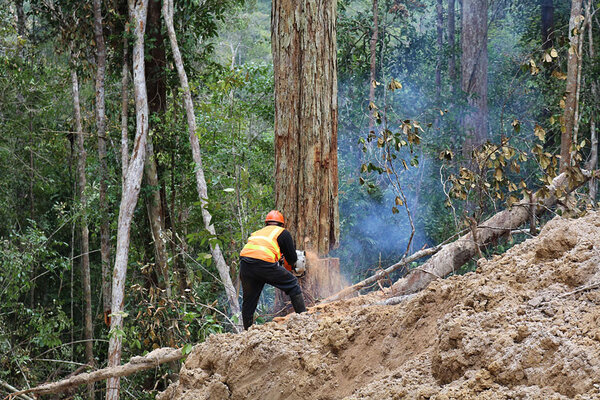 A tale of more cities: Are we reducing our impact on the Earth by sharing it?
A tale of more cities: Are we reducing our impact on the Earth by sharing it?Human activity is putting pressure on three-quarters of the planet, according to new research. But we may be becoming more efficient with our use of the Earth's resources.
 First LookDragon capsule returns to Earth with space gifts
First LookDragon capsule returns to Earth with space giftsSpaceX's capsule splashed down in the Pacific this morning, with science experiments, including live mice, and equipment inside.




















